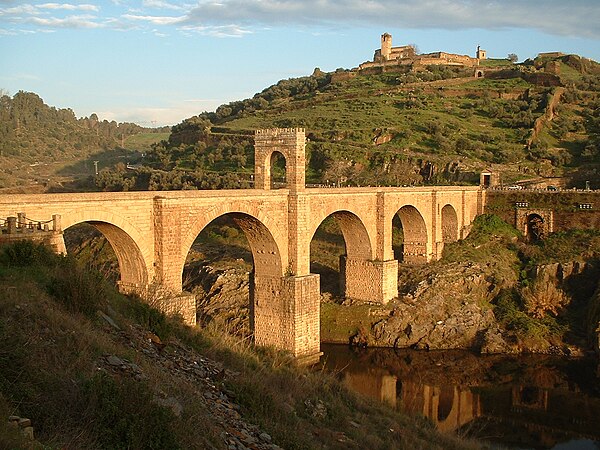FriendlyFire
Codex WMDicanious
The bridge collapsing is a fairy tale, and its also the EU fault for telling Italy to spend more on its infrastructure. Also Polands fault, if the drivers were Italian the bridge would never have collapsed.
Seriously a lot of the reinforced building projects are in serious risk as these were built with developing technology which engineers didnt fully understand. The use of concrete to substitute steel is clearly one of them.A lot of our cheaply constructed infrastructure now need replacing
And its sad that even the proposal to build a bypass for heavy trucks was scrapped. They could have also removed the central cement barriers right down the middle to try and reduce the weight.
Seriously a lot of the reinforced building projects are in serious risk as these were built with developing technology which engineers didnt fully understand. The use of concrete to substitute steel is clearly one of them.A lot of our cheaply constructed infrastructure now need replacing
And its sad that even the proposal to build a bypass for heavy trucks was scrapped. They could have also removed the central cement barriers right down the middle to try and reduce the weight.
'In ten years this bridge will collapse': the man who foresaw a tragedy
Experts called it a “failure of engineering”, a “failed technology”, and pointed to other Morandi projects that had collapsed.
“In ten years the Morandi Bridge will collapse, and we will all have to queue for hours, and we will remember the name of whoever said ‘no’ [to the Gronda],” he said.
In April 2013 M5S’s ‘No Gronda’ committee posted a statement on the party website saying they had been regularly told a “tale of the imminent collapse of the Morandi Bridge” but it was a “favolette” – a fairy tale. On Tuesday, the statement mysteriously vanished from M5S’s website.
“If there are European constraints that prevent us from spending money to secure … the highways our workers are travelling on, we will put the safety of Italians in front of everyone and everyone,” he said.
Salvini rode to his extraordinary electoral success on the back of blaming the EU for many Italian ills.
EU had recommended more infrastructure spending, not less. The review warned that servicing Italy’s debt was “to the detriment of more growth-enhancing items including education, innovation and infrastructure”. It encouraged the government to foster infrastructure with “better-targeted investment”.
An analysis by Corriere Della Serra found more reasons the EU may share the blame. Part of the extra stress on the bridge was from a boom in extra-heavy trucks.
And pan-EU competition has had an effect too: smaller Italian truck companies have been driven out of business by heavy-load international competitors: huge trucks driven by Poles whose salaries cost a third of their local counterparts.
The collapse of the Morandi Bridge was caused by weather, physics, and decades of mistakes and oversights. This failure is no orphan.
https://www.smh.com.au/world/europe...an-who-foresaw-a-tragedy-20180816-p4zxqf.html
Last edited:



